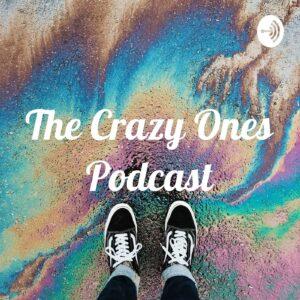
In this episode of “99% Invisible,” reporter Will Aspenar explores the unique Christmas traditions of Slovenia, where children are visited by three different Santas. These Santas, Bosy Czech, Miklaus, and Dedek Maras, reflect Slovenia’s complicated history and are an important part of the country’s customs and language.
In Slovenia, children are visited by three different Santas during the Christmas season. Bosy Czech, Santa Claus, visits on Christmas Eve, Catholic saint Miklaus visits on December 5th, and Dedek Maras visits on New Year’s Day. These three Santas represent different periods in Slovenia’s history and reflect the country’s complicated past. Slovenia has the highest Santa to citizen ratio in the world, highlighting the importance of these figures in Slovenian customs and traditions.
The preservation of the Slovenian language has played a significant role in maintaining the homogeneity of the Slovenian people throughout history. Saint Nicholas, known as Sveti Miklavž in Slovenia, is the central figure of Christmas traditions in the country. However, after World War II, the celebration of St. Nicholas was banned by the communist authorities in Yugoslavia. This led to the introduction of Dedek Miraz, a Christmas figure inspired by the Soviet Union’s “Ded Moroz.” Each Yugoslav nation, including Slovenia, created its own version of Dedek Miraz, with a distinctly Slovenian design by painter Maxine Gaspari.
After Slovenia declared independence from Yugoslavia, the country embraced Santa Claus as a symbol of its transition to a democratic, capitalist-friendly nation. However, the traditional Slovenian Christmas character, Dedek Miraz, survived the transition and was embraced alongside Santa Claus. Slovenians now celebrate all three Christmas figures – Dedek Miraz, Santa Claus, and Sveti Miklausch – in a month-long festival called Mary of Vaselli December. This festival showcases the coexistence of different traditions and reflects the cultural diversity of Slovenia.
The three Santas, Bosy Czech, Miklaus, and Dedek Maras, represent different factions in Slovenian society. Many families in Slovenia celebrate all three Santas, while others may choose to celebrate one or two. Performers take their roles as the Santas seriously, aiming to bring comfort and joy to the children of Slovenia. Despite the dominance of Santa Claus, the popularity of alternative characters like Dedek Maras reflects the diversity of Slovenian culture and traditions.
The Christmas traditions in Slovenia are rich in history and cultural significance. The three Santas – Bosy Czech, Miklaus, and Dedek Maras – represent different periods in Slovenia’s past and are an integral part of the country’s customs and language. The coexistence of these Santas, along with the embrace of Santa Claus, showcases the diversity and resilience of Slovenian traditions. Whether celebrating all three Santas or choosing one or two, Slovenians continue to cherish and preserve their unique Christmas heritage.